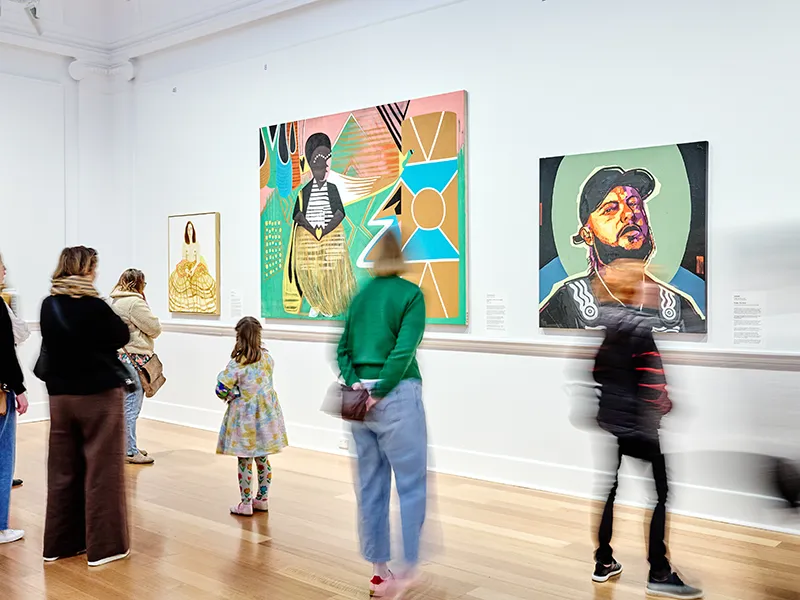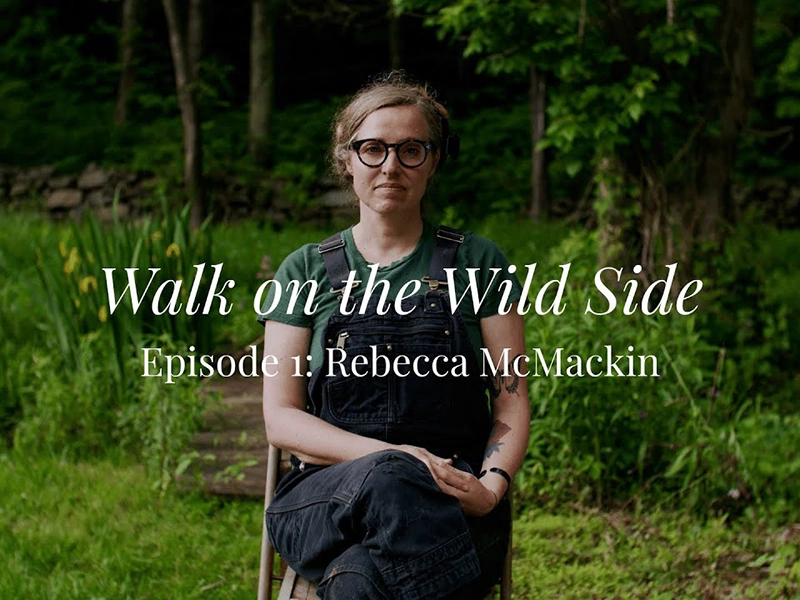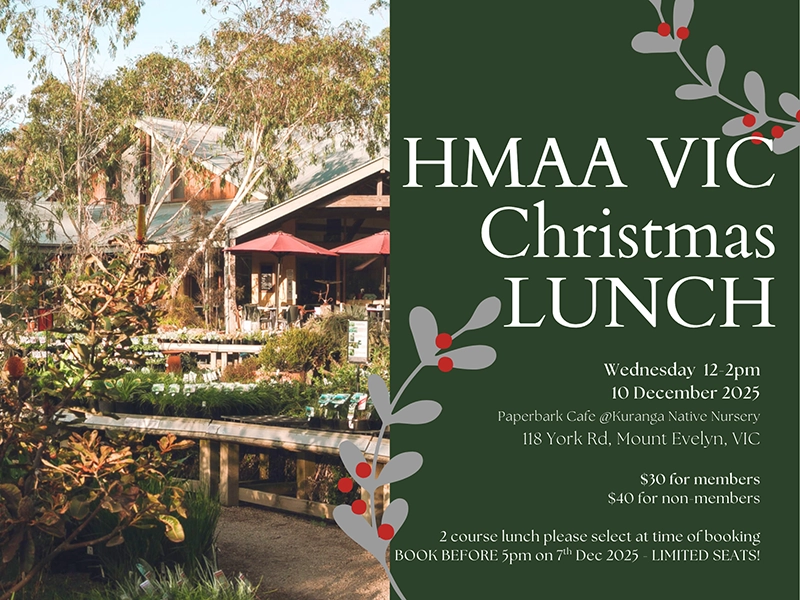Gail Thomas is delighted to welcome paintings included in the 2025 Archibald Prize for portraiture to her hometown of Geelong and highlights three with links to gardening and the natural world.
The annual Archibald Prize is eagerly anticipated by artists and audiences alike. Judged by the trustees of the Art Gallery of NSW, the prize is awarded to the best portrait painting. Since 1921 it has highlighted figures from all walks of life, from famous faces to local heroes, reflecting stories of our times.
This year the exhibition is touring and providing an opportunity for the rest of Australia to see the 57 finalists in theArchibald Prize 2025. It has found a home in Victoria at the Geelong Gallery until Sunday November 9.
Who was Archibald?
Geelong is a most appropriate location as J.F. Archibald (January 14, 1856 to September 10, 1919), for whom the prize is named was born in Geelong West on the corner of Church Street and Weddell Road where a monument commemorating his birthplace stands today. Baptised John Feltham Archibald, he changed his forenames in later life to Jules François ‘when he became an enthusiast in everything French’.
He was a colourful, eccentric character, journalist and publisher, co-owner and editor of The Bulletin and founder of the Archibald Prize for portraiture, now Australia’s most prestigious art prize. The Archibald Prize was first awarded in 1921. Archibald’s aim was to foster portraiture as well as support artists and perpetuate the memory of great Australians.
What’s on show
The green man portrait of well-known gardening identity Costa Georgiadis by Even Shipard is instantly recognisable. A green-fingered ambassador for all things great and small from the kingdom Plantae, Costa Georgiadis is a landscape architect, environmental educator, author and host of the ABC television series Gardening Australia. Evan Shipard painted him during a portrait session with the Bowral & District Art Society in their studios in NSW’s Southern Highlands.
“Costa is a warm, inquisitive individual, who is passionate about his causes and very interested in the painting process,” says Shipard, a Sydney-based artist and first-time Archibald finalist.
“He is an animated character on screen, but I aimed to capture a quieter, more pensive moment that hopefully offers a fresh insight into this popular man. After spending a day painting him, it felt as if we were old friends. He checked in on the work during breaks, but was careful not to get too close as he was excited about the final reveal.
“I added the figs and floral arrangement later in my studio. The figs are one of his favourite plants and symbolise his Greek heritage. Adorning his beard with flowers was inspired by his look at the recent Logies.”
Another finalist in the exhibition is by Natasha Bieniek, an 11-time Archibald finalist who won the Wynne Prize in 2015. Her portrait in this year’s Archibald is of Cressida Campbell, an acclaimed Australian artist whose practice spans more than four decades.
In 2020, Cressida was diagnosed with a rare brain abscess that nearly ended her life. After two operations she became paralysed on her right side. At that time, she wasn’t able to pick up a paintbrush or write her name. With the help of treatment, she recovered and is able to continue making art.
‘I wanted to approach my portrait with sensitivity but also demonstrate the complexity of human experiences,” says Natasha Bieniek. “Although Cressida is an incredibly successful artist, she is completely down-to-earth, humble and warm. I’ve painted her in her home, surrounded by the things she loves. Behind her hangs an original Utamaro print – an 18th-century Japanese artist whose work was an early influence for Cressida.
“Her beloved garden is framed by a doorway in the background, and she is wearing a dress created by her sister Sally, who is a textile designer.”
Robert Fielding’s entry is Malatja malatja (into the future), synthetic polymer paint, unu (ash) and binder on linen; kulata (spear) made from speargrass, kangaroo tendon and spinifex resin.
Robert Fielding is a Yankunytjatjara and Western Aranda artist working out of Mimili Maku Arts in the Aṉangu Pitjantjatjara Yankunytjatjara (APY) Lands, South Australia. Known for his deeply layered works that honour both past and present, Fielding blends cultural knowledge with contemporary techniques to speak back to colonial narratives.
This portrait depicts Fielding’s grandson Arnold Dodd, a master spear-maker. Arnold continues a long lineage of craftspeople, learning under the watchful eyes of his grandfather Sammy Dodd.
Fielding painted this portrait using ash and pigment from the same fires that shaped the spears, embedding both subject and process with the material of culture.
“This painting is not just about Arnold. It’s about all of us who came before and all who will come after,” says Fielding, who is also a finalist in this year’s Wynne and Sulman Prizes. “It’s about what survives – language, skill, story. He holds it with strength and grace. Through him, our culture walks boldly into the future. I paint to remind this place – these walls, this nation – that we’ve always been here, strong, still standing. Kulata kunpu ngaranyi – the spear continues to stand strong.”
More information
Geelong Gallery www.geelonggallery.org.au





